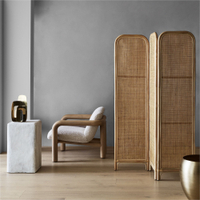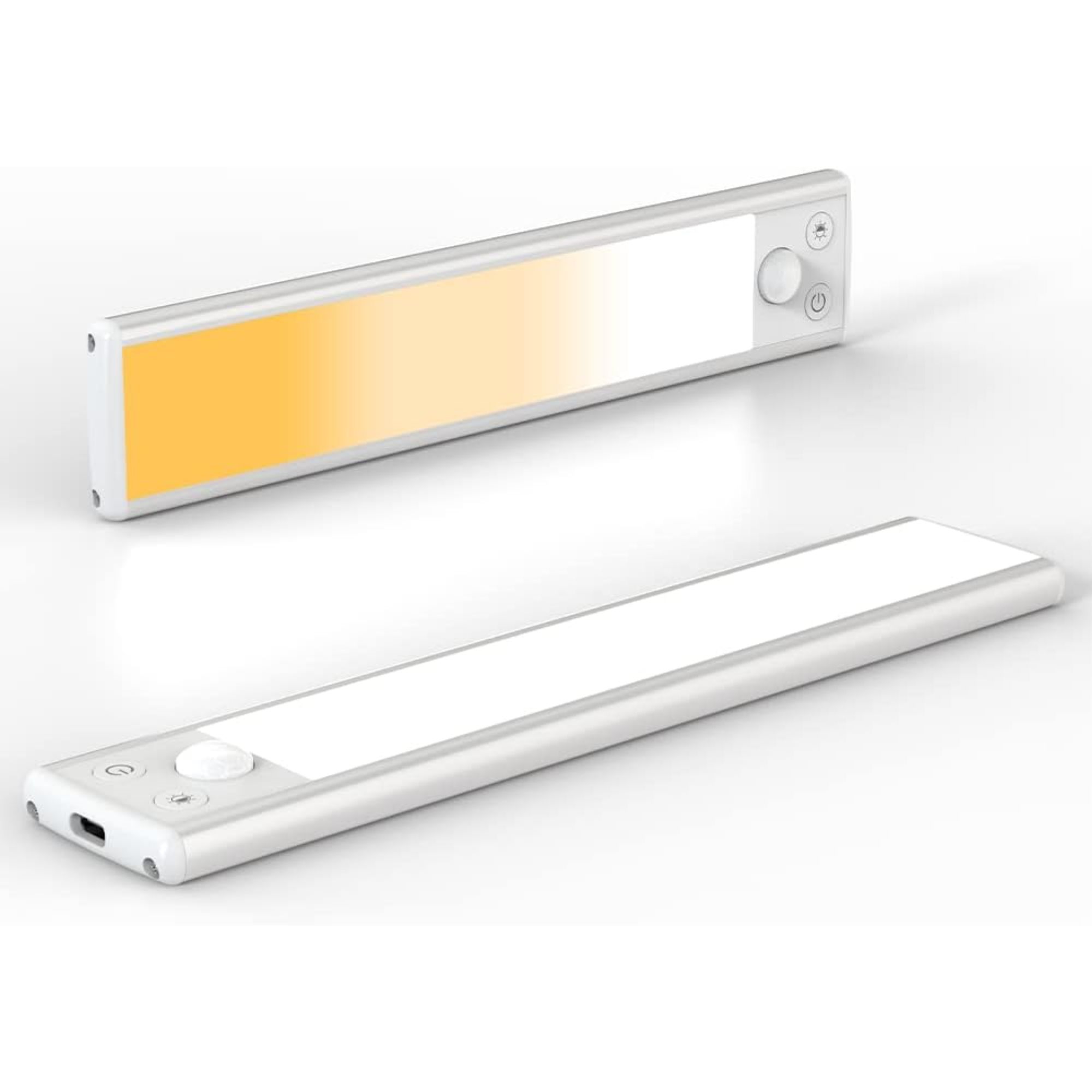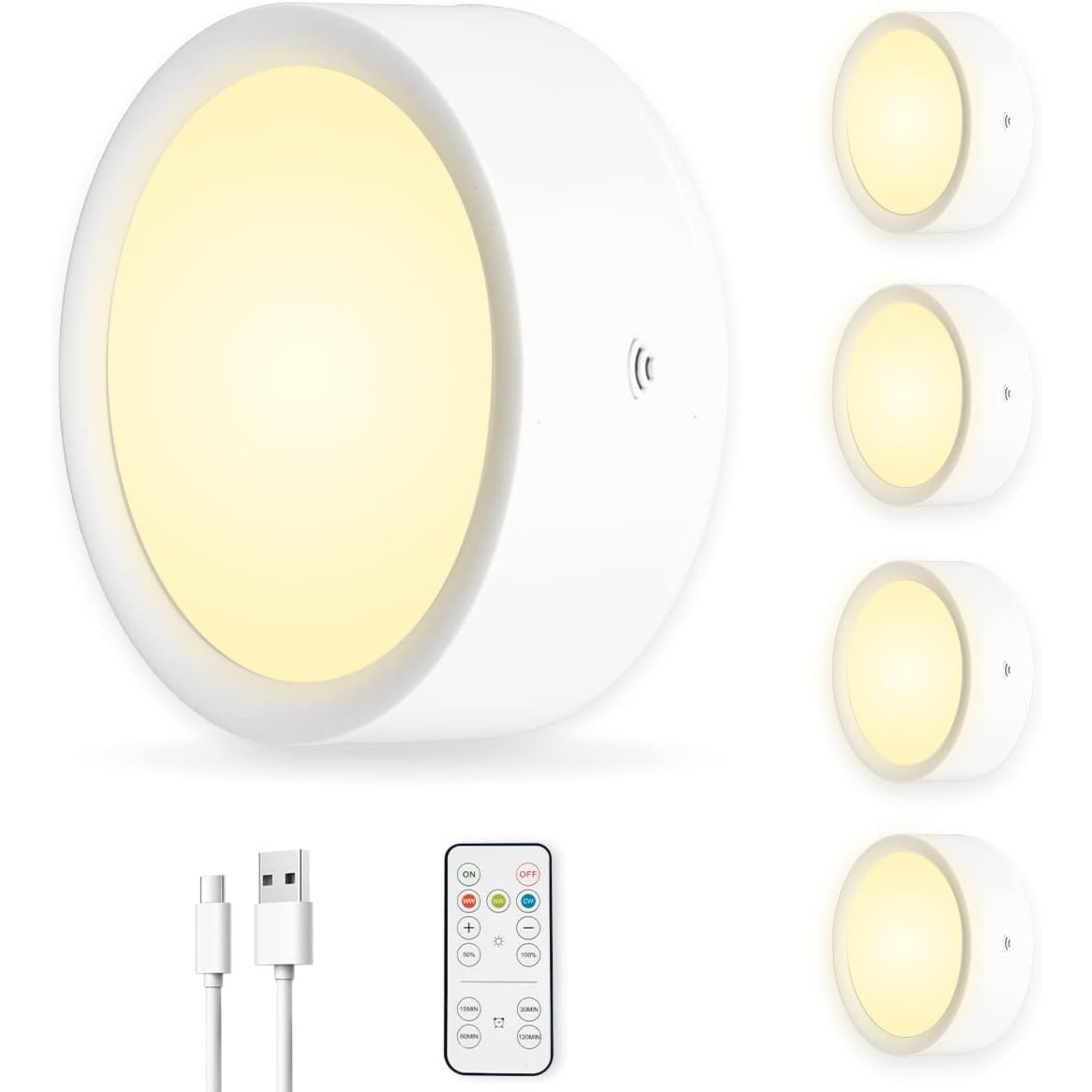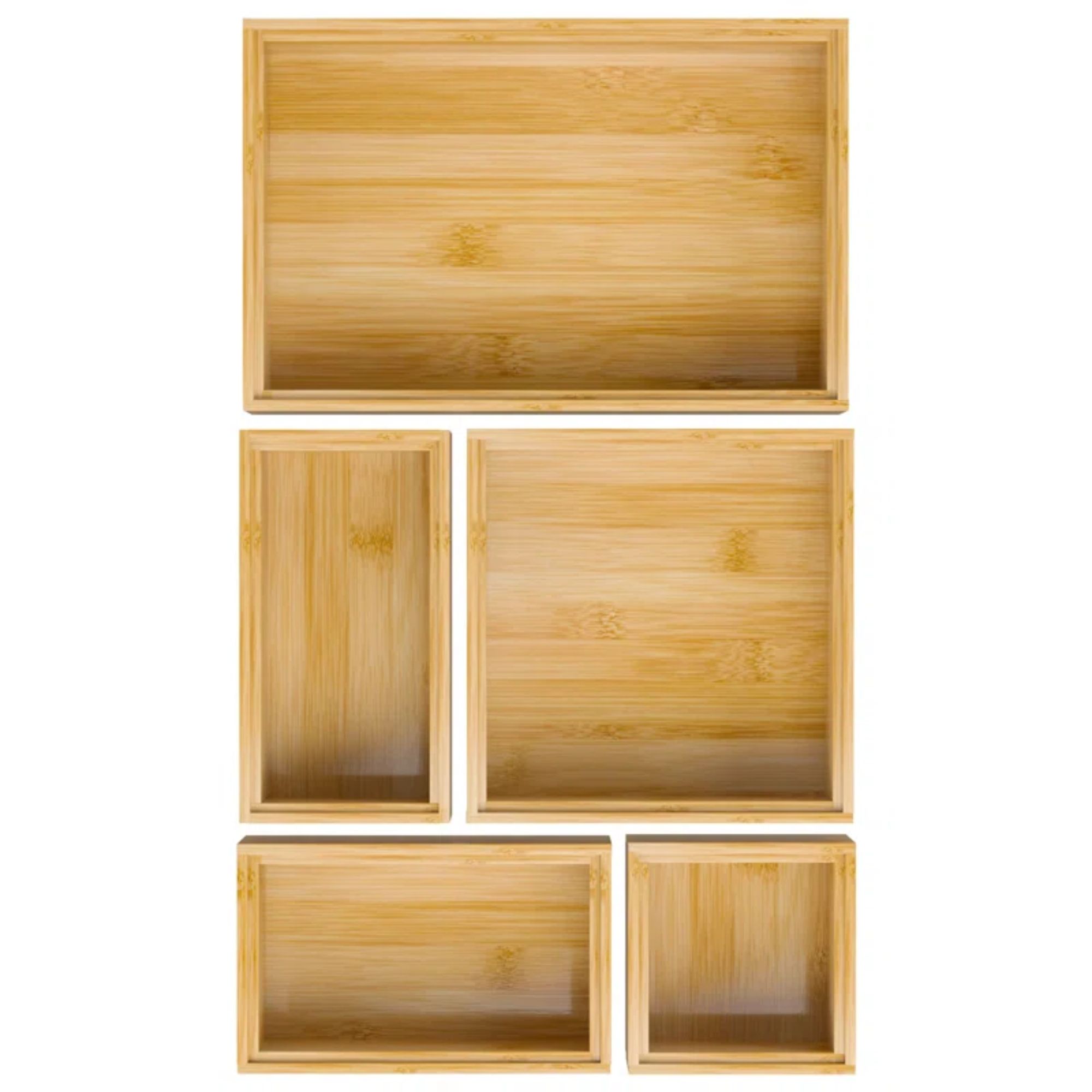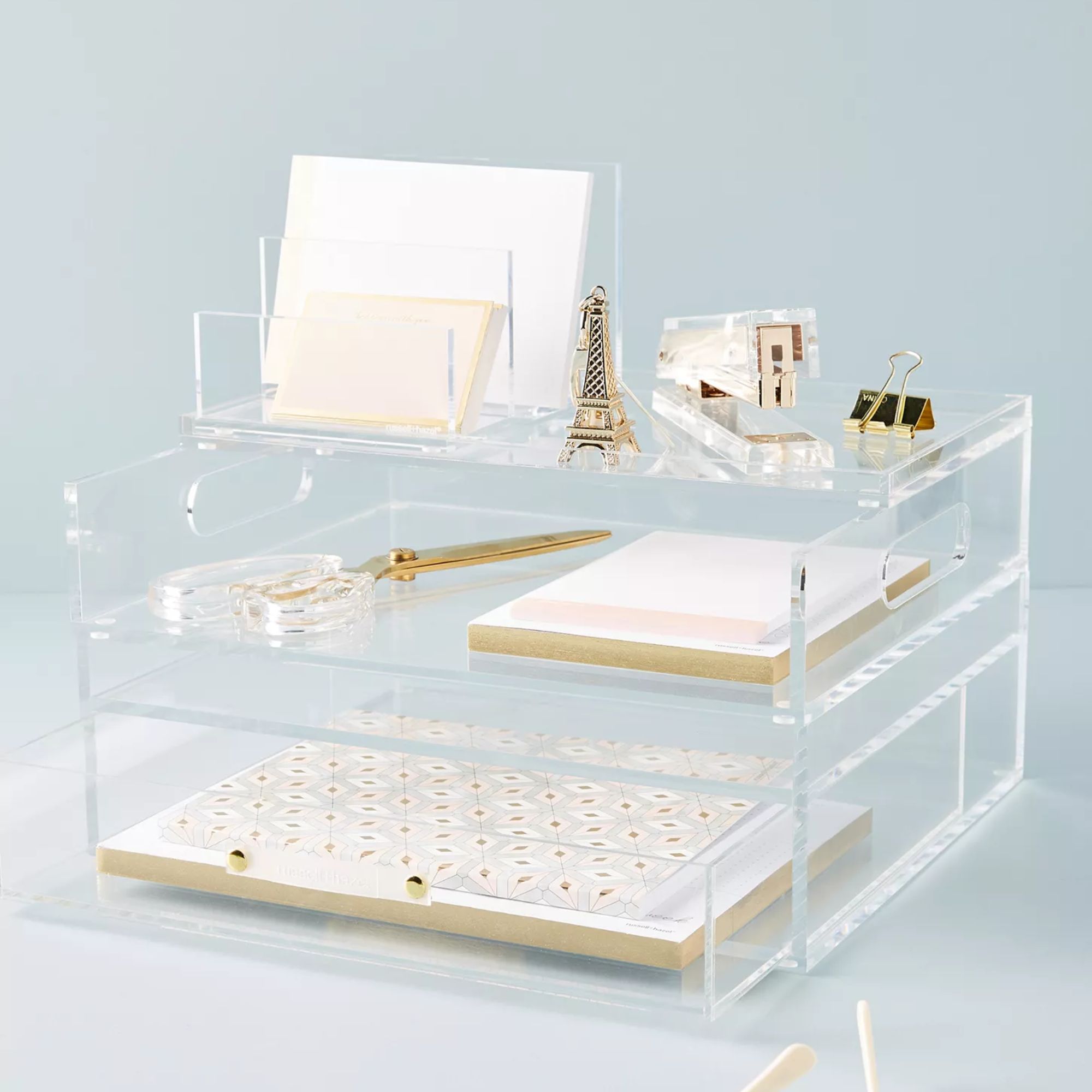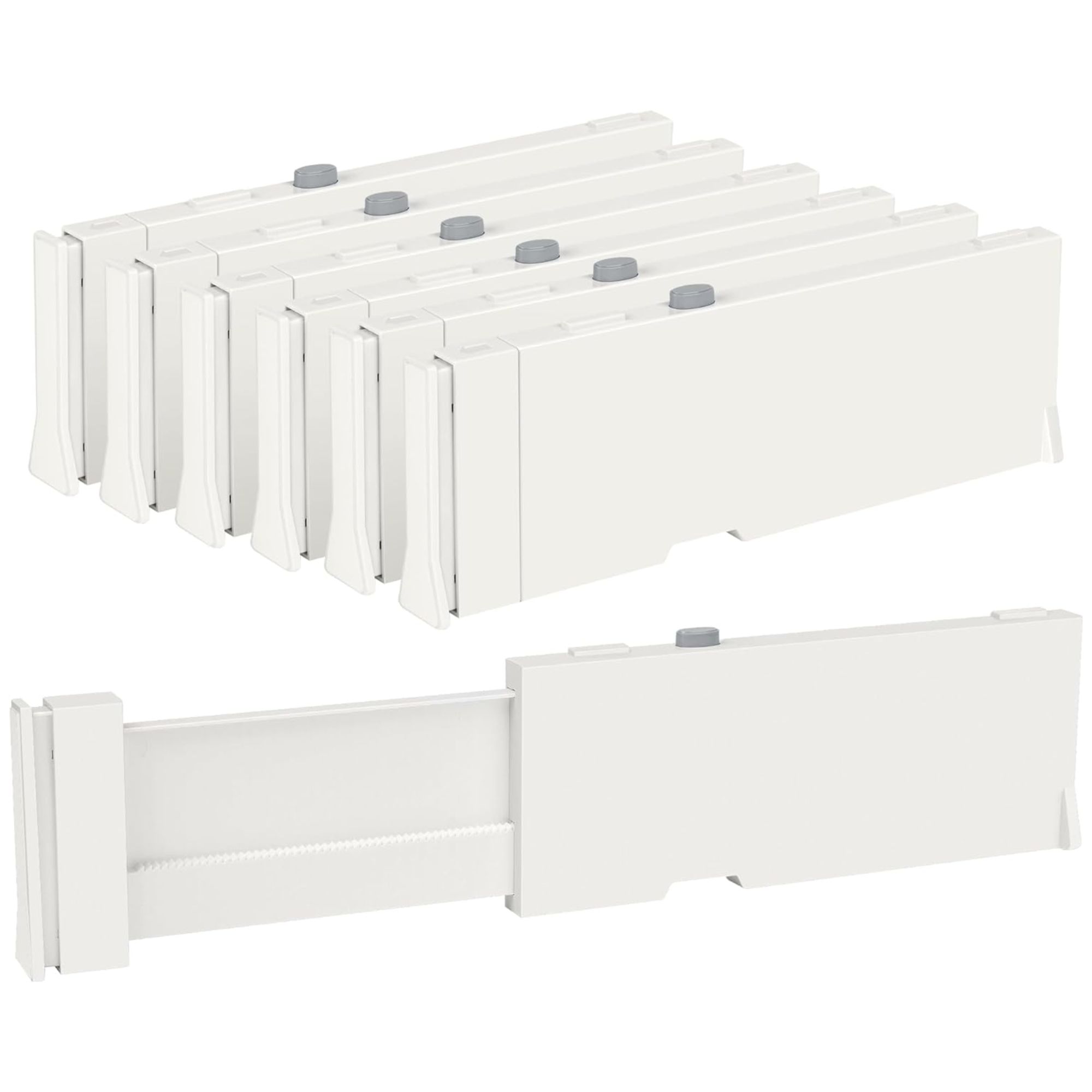How to make your home workspace more productive – 7 simple steps for improved focus
How to tactically design your workspace to improve your mindset and limit distractions
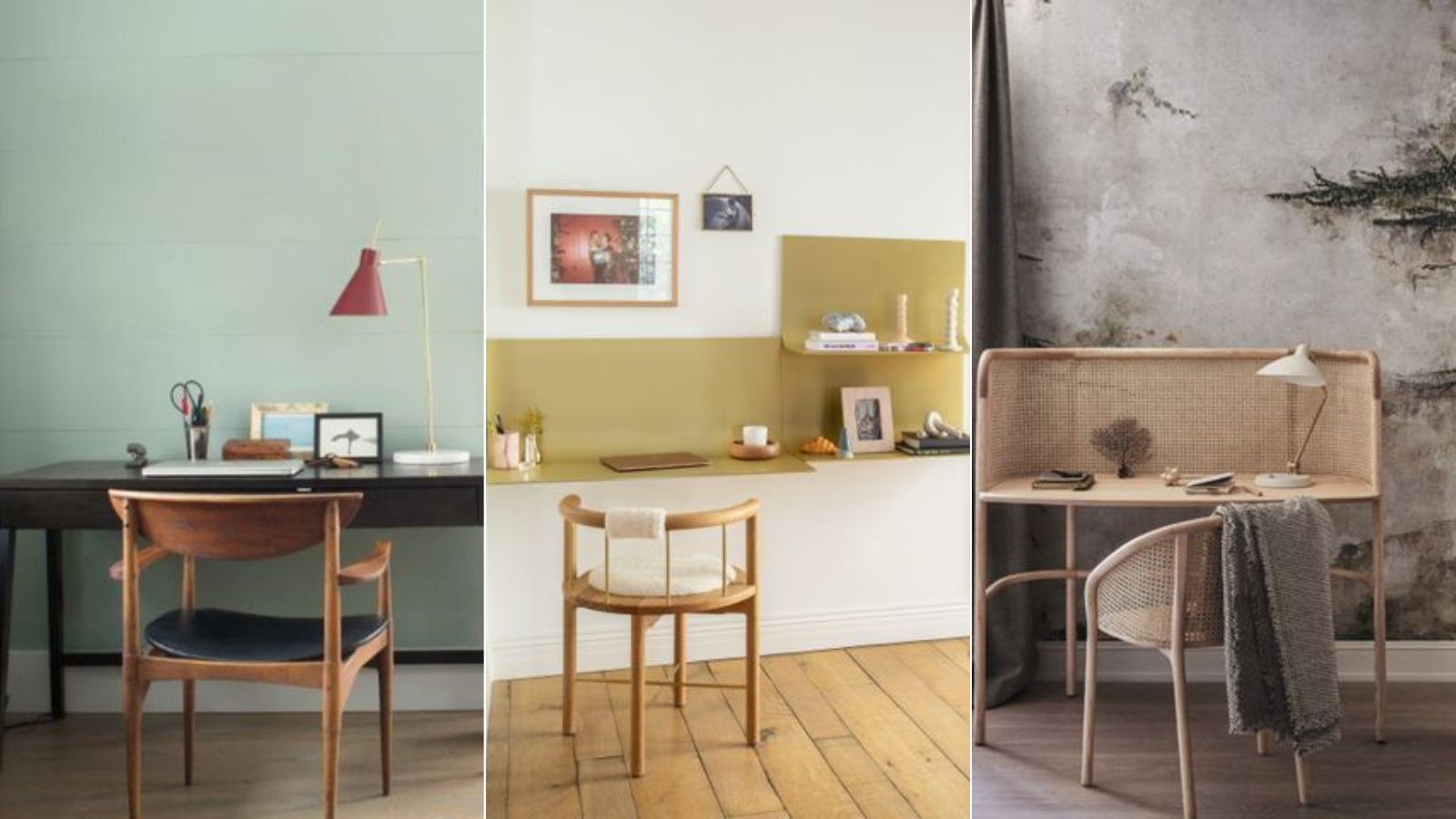

In the ever-evolving realm of working from home, curating a workspace that encourages productivity is key. Finding techniques to implement as well as ways to design your home office to achieve this can be transformational, making completing daily tasks easier and get everything on your to-do list checked off.
This is not just about creating an organized space, but also shaping your work environment to lessen interruptions and distractions so your working day runs more smoothly.
Below, are the seven best ways to make your home workspace more efficient and home office productivity tips that go beyond simply organizing.
How to make your home workspace more efficient and productive
Feel free to tailor these suggestions to your home office setup and consider what your ideal work environment might look like. Personalize your space with elements that inspire and motivate you, creating an environment where you can do your best work.
1. Have a visual representation of your work
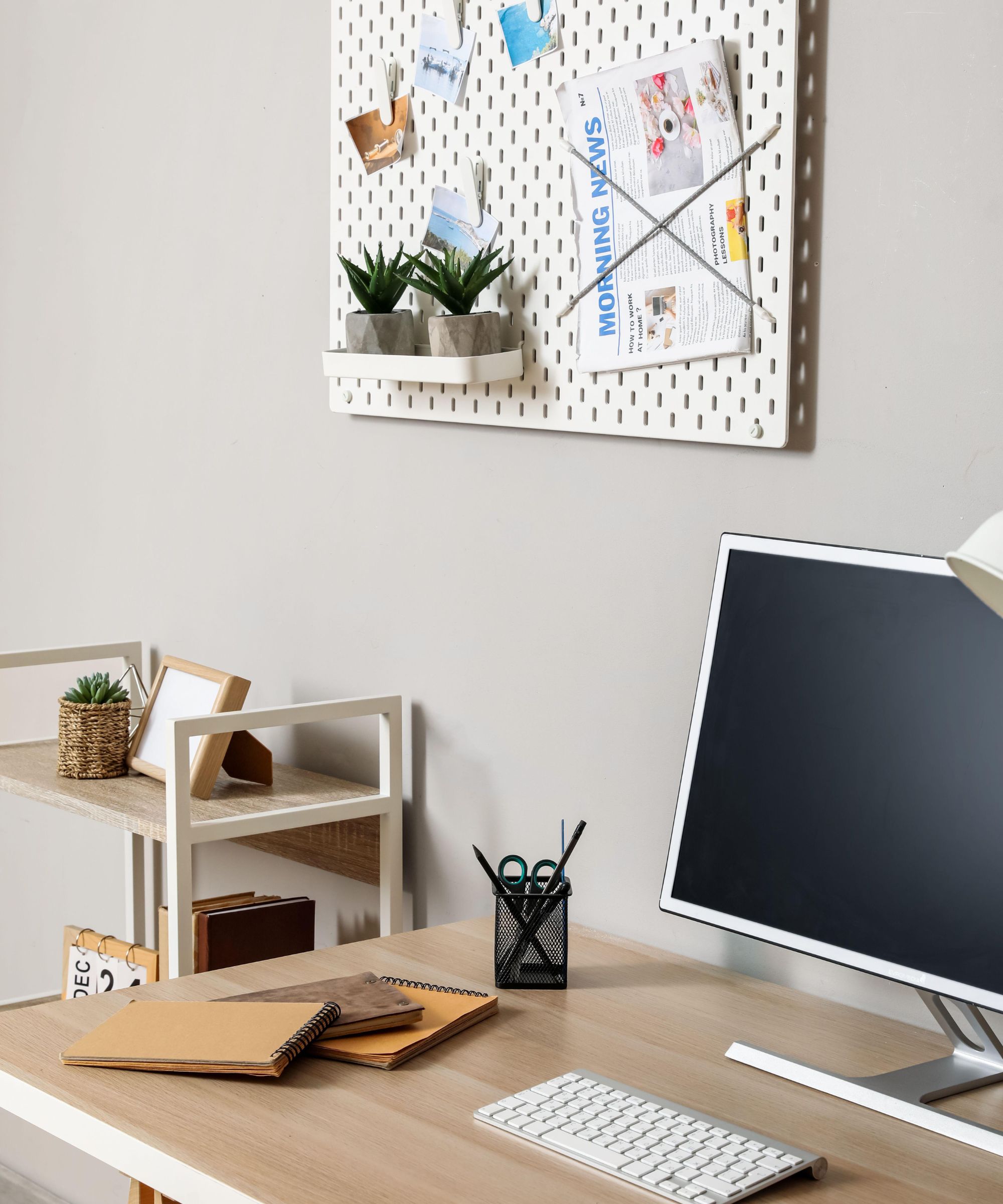
Having a visual representation of work, such as by categorizing items, listing tasks and outlining schedules, can make working simpler and more efficient. There are a few ways this can be done.
A pegboard, pinboard, or whiteboard can all be great ways to create a system of visual organization to help you to view your work more clearly. You can find the option that best suits the aesthetics of your home office. We recommend a pegboard that has shelves and hooks, such as this Socalsunny pegboard wall organizer kit, from Amazon.
If your job entails paperwork, invest in an organizer with ingoing and outgoing sections to help you differentiate paperwork you need to deal with and that has been sorted and should be discarded of or filed, such as this hanging wall file organizer, from Amazon.
Color coding, alongside labeling, is also a great idea in helping you assess and locate items. Assign specific colors to different tasks or projects. This can be applied to calendars, notebooks, or digital tools, creating a visual cue that helps you quickly identify and prioritize your workload.
2. Create a clearly defined workspace
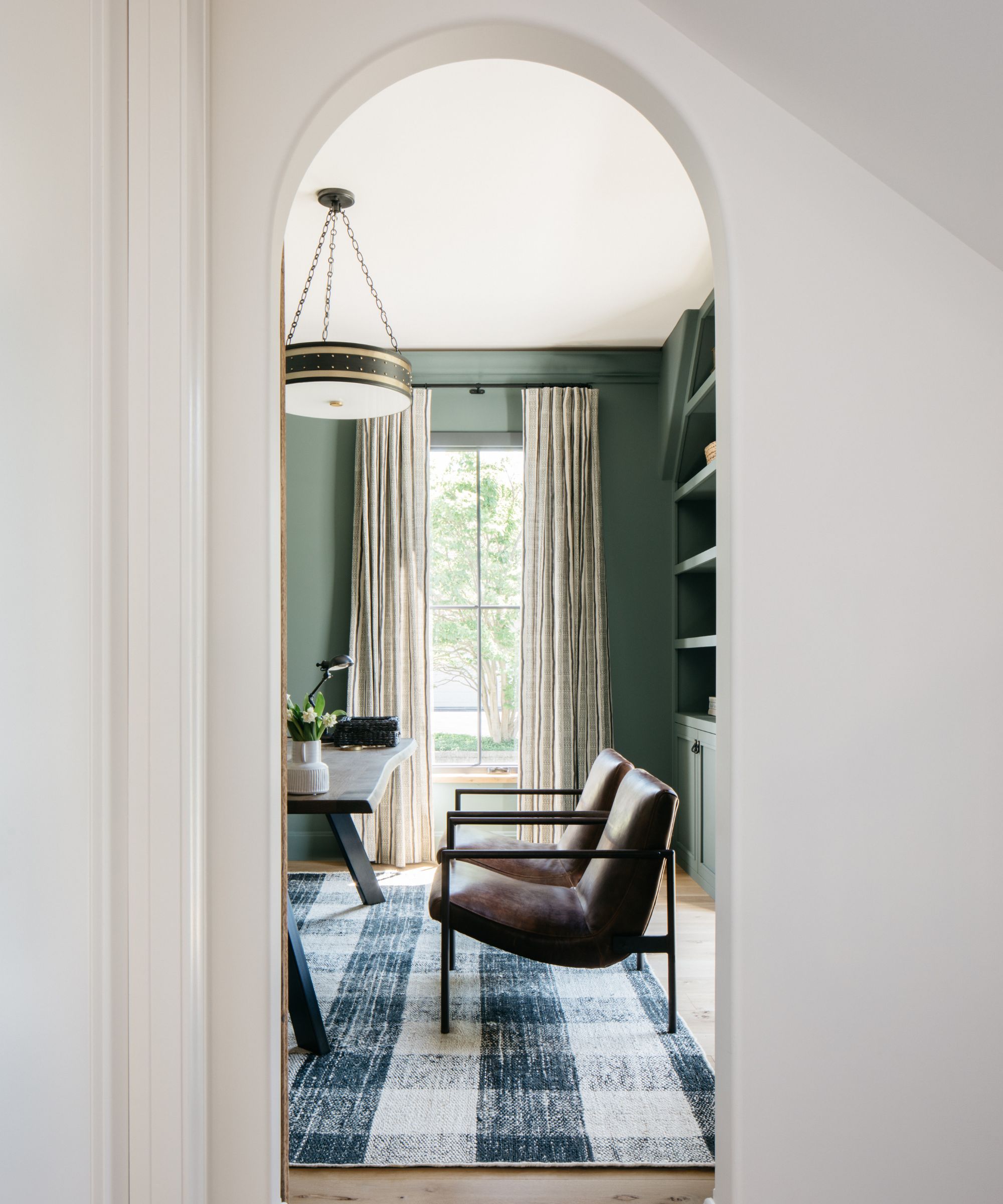
Second, set the boundary. 'Having good boundaries will help you stay organized and productive when you are working from home,' says Stephanie Deininger, founder of The Organized Flamingo, a professional organizing and productivity solutions company.
'Whenever you have multifunctional spaces, like a work-from-home area within an open concept space, there needs to be a clear boundary (either physically or figuratively) of where work starts and ends,' Stephanie asserts.
You can create a designated zone by installing a room divider or privacy screen to create a separate workspace and use a desk with drawers so work paraphernalia is stored away at the end of the day.
If you have a home office room with enough space, you may also like to designate a specific area for a digital detox, encouraging short breaks away from work and screens. Create a cozy corner with a comfortable chair and good lighting to give you somewhere to go to mentally recharge, even if you only have a few minutes.
Finally, consider making mini zones within your workspace – such as one spot for your desk and laptop and another area for filing papers and mail. This keeps related items together and means you don't clutter one space, which can become overwhelming.
Zeze Room Divider | $269 at West Elm
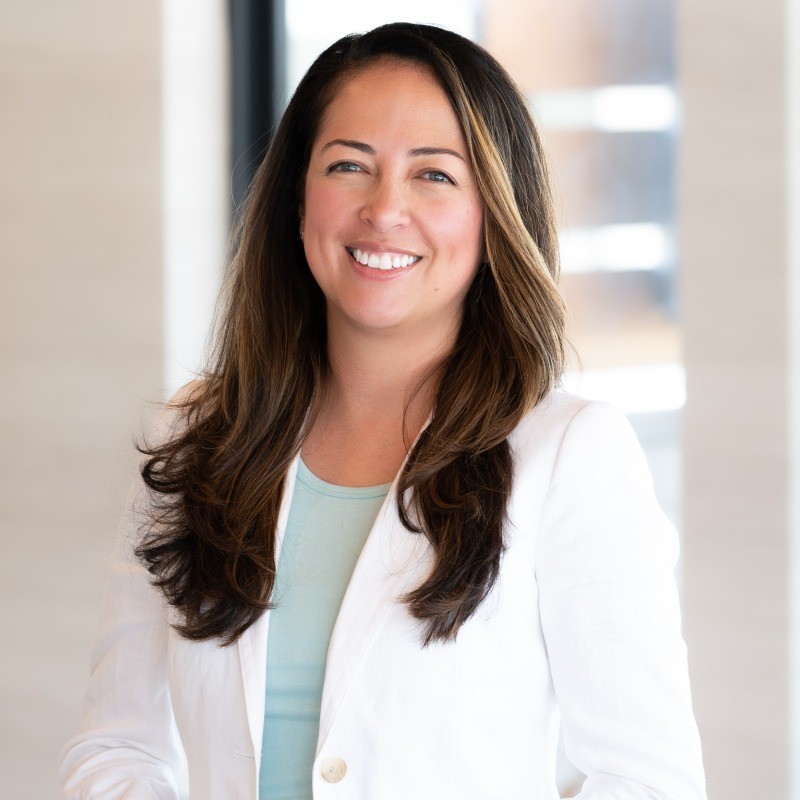
Stephanie has been helping businesses and people get organized for over 20 years. She is also a member of NAPO National and NAPO Colorado Chapter (National Association of Productivity & Organizing Professionals).
3. Check you have adequate lighting
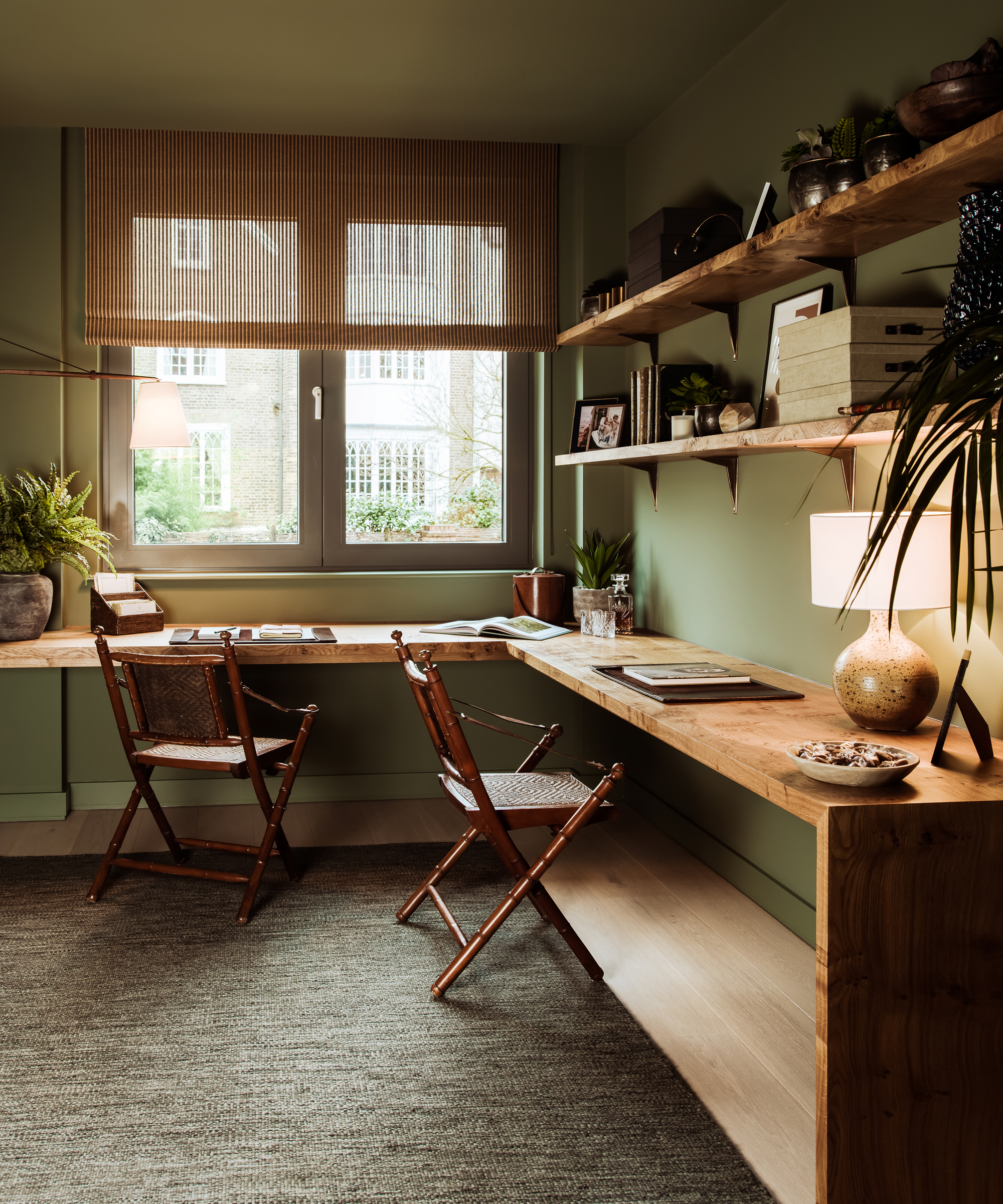
We can't do our best work without proper home office lighting – not only does it help us focus but it also prevents eye strain, so ensure your home workspace has both natural and artificial light.
Natural light boosts mood and energy, so if possible, position your desk near a window. If natural light is limited, Jessica Wilson from InYouths LED Mirrors says you can mimic natural sunlight with LED lights.
These promote alertness during work hours and a warmer ambiance in the evening, she says. Smart lighting is especially important during winter months, helping with drowsiness and making us feel more awake.
'Utilize task lighting for focused activities and ambient lighting for overall illumination,' continues Jessica. 'Smart controls enable you to adjust brightness and color temperature, adapting to different tasks.
'I recommend choosing energy-efficient LED desk lamps as these reduce environmental impact,' she adds.
4. Paint for productivity
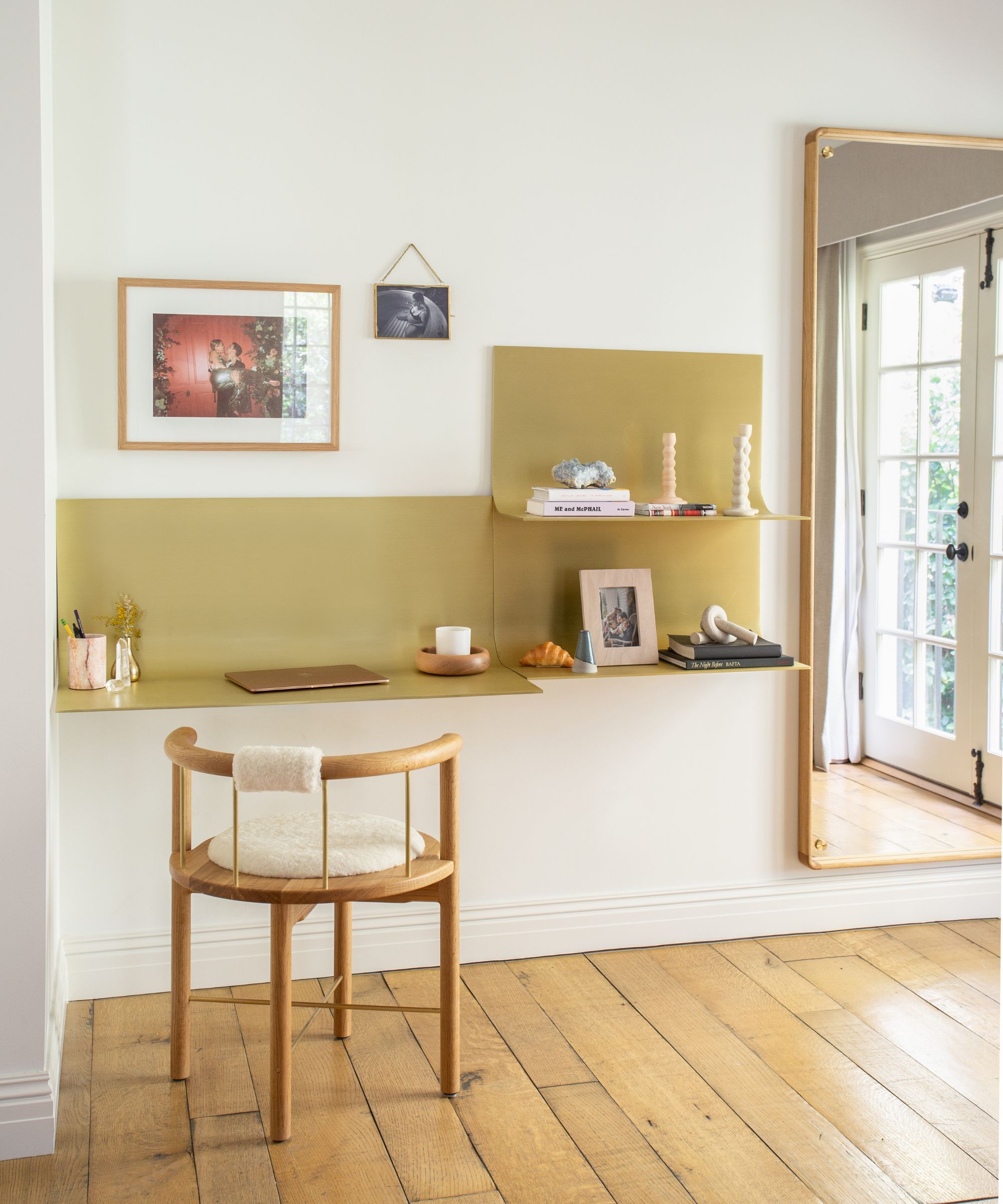
Color makes a huge difference to how we feel in a space, so if you are able to redecorate, think about the best color to paint your home office. In color psychology, blue is the color of the mind, making it a great option for a space where you'll be working. Alternatively, you may want to choose a soft green, which is also easy on the eye.
Otherwise, warm neutrals are an easy option. 'When it comes to creating an efficient and productive working space at home, one valuable recommendation I often share is to incorporate a white or neutral color palette into a work environment,' says Martin Nyondo at Real Estate School.
'The beauty of having a white room lies in its ability to amplify light and create a sense of spaciousness.'
5. Install a refreshment station

Having snacks or hot drinks throughout the working day is a great way to keep energized and break up the day, and while in the office this may be done quickly, at home it can become distracting.
A simple tactic to prevent this from disrupting your flow is having a designated refreshment station on hand. This can include a coffee machine, kettle, mini fridge, or some choice snacks.
This will help you reduce unnecessary trips to the kitchen, increasing your productivity in the process. You can use this EsLuker.ly coffee organizer station, from Amazon.
6. Create an organized workspace
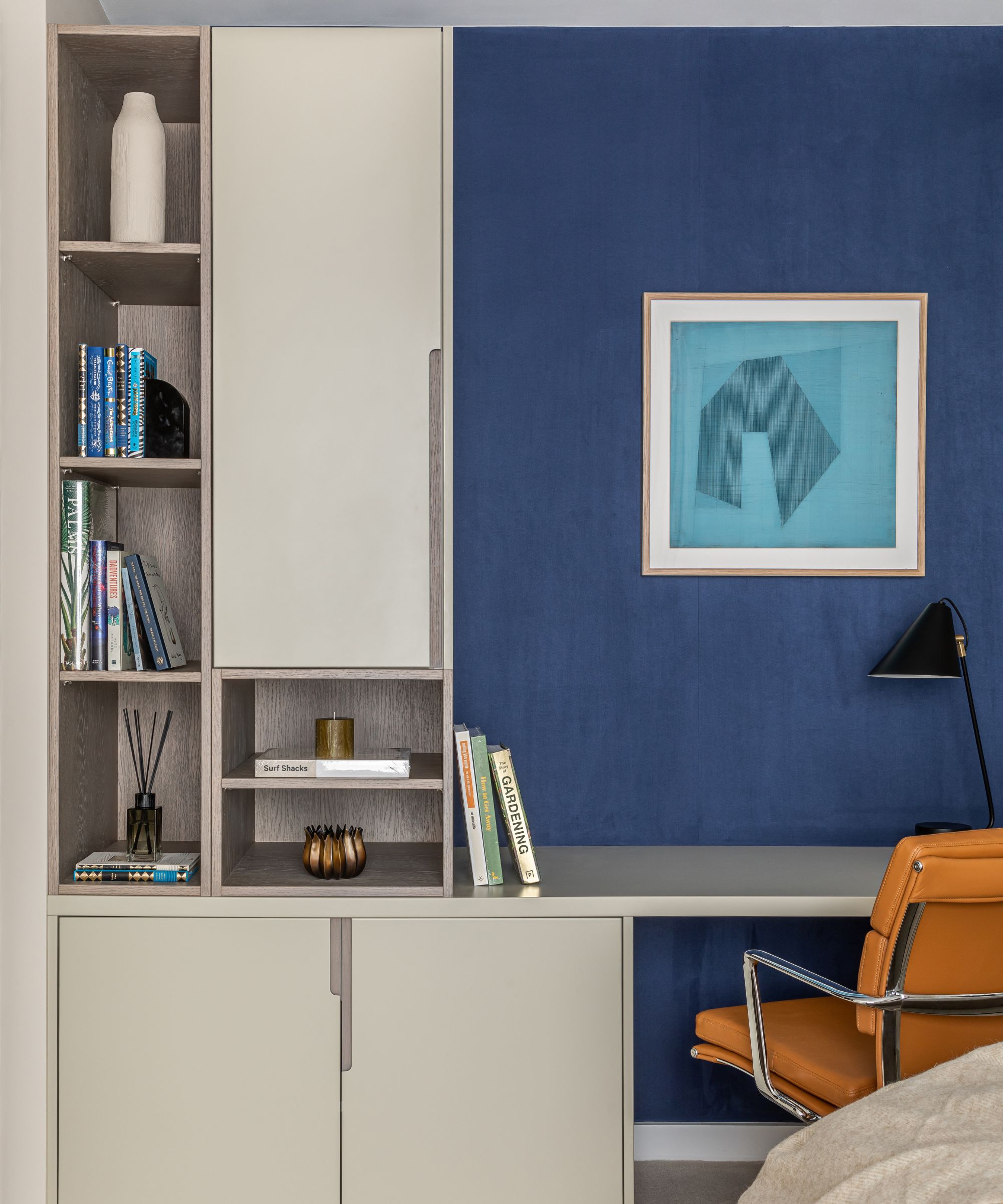
The cornerstone of creating a productive workspace is good organization. There are numerous techniques and habits you can use to ensure your workspace is organized for success.
Firstly, a cluttered desk can lead to a cluttered mind, so being sure to keep your workspace tidy can enhance your focus. Organize your home office by regularly clearing out unnecessary items and keeping only what you need for your daily tasks.
Ensuring you only have limited essential items on your desk is key to preventing distractions and ensuring everything you need is easily accessible. Everything else can be stored in desk drawers, on shelves or in filing systems.
Invest in desk organizers that you can adapt as your tasks evolve. Labeling drawers and shelves and using storage boxes can help in quickly locating and filing items You can use this Phomemo label maker, from Amazon.
Explore furniture with built-in storage solutions, such as desks with hidden compartments or ottomans that double as storage units. This will help to maintain a clean and clutter-free environment.
Use cord organizers or clips to keep them from tangling or cluttering your space. You may also want to add an under desk cable storage, such as this one from Amazon, to keep your space looking clean to help you concentrate better.
7. Implement a daily reset ritual
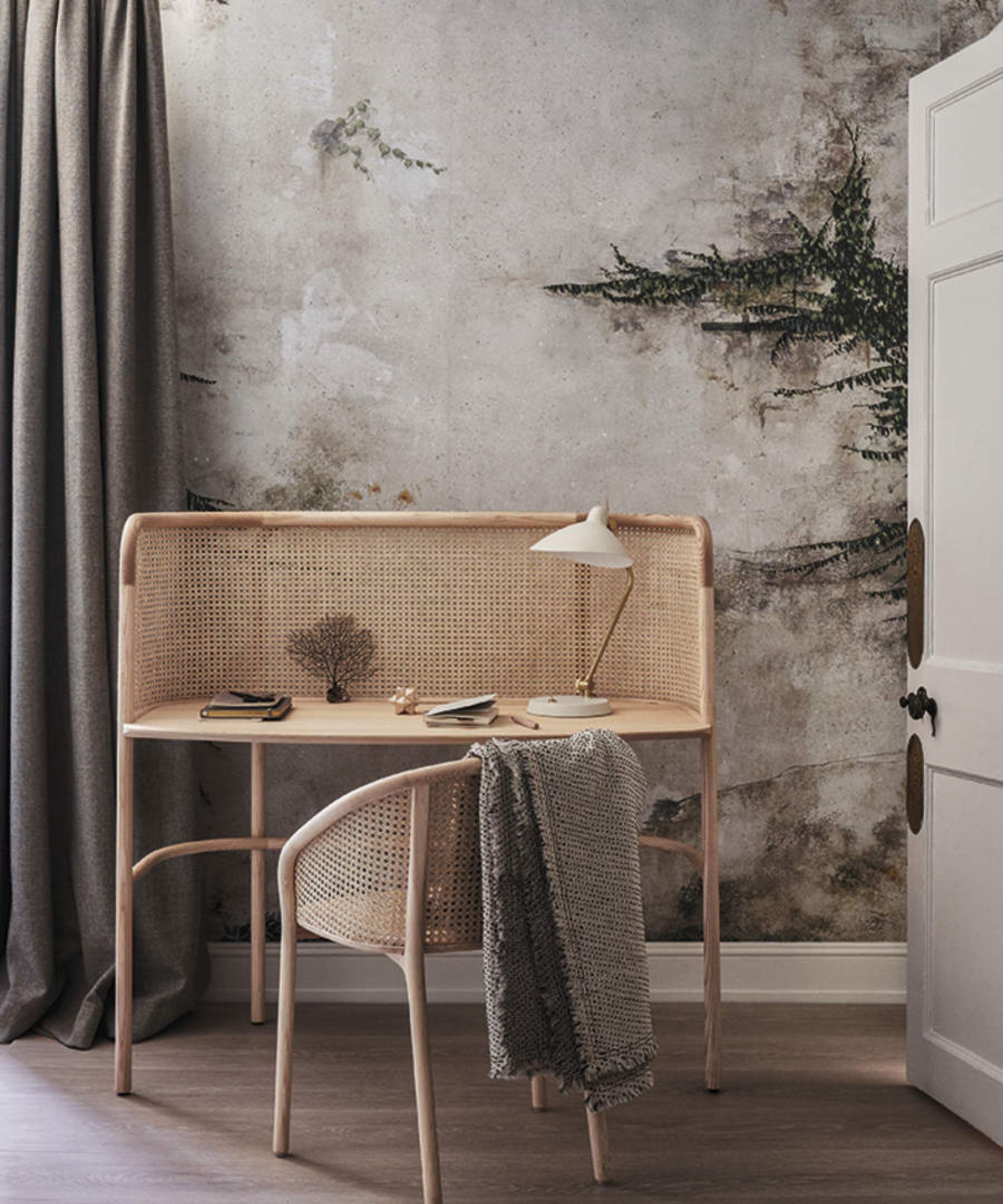
Consider developing a daily reset ritual or closing shift at the end of your work day to reassess and organize your space to make starting work the next day more seamless. Spend a few minutes tidying up your workspace, putting away tools, and preparing for the next day.
This small effort can help order and keep the space inviting and is an investment that pays off in increased productivity.
FAQs
How can you reduce stress while working from home?
Aromatherapy can positively impact your work environment and overall productivity, so consider using essential oil diffusers with scents known for boosting focus and concentration, such as peppermint or eucalyptus.
Another idea is to add a small desk plant such as a low-maintenance indoor plant like a succulent or a snake plant. Studies show that having plants in your workspace can reduce stress and increase productivity. These also have air-purifying qualities, helping you feel healthier while working at home.
'Remember to embrace adaptability by periodically reassessing and adjusting your workspace,' says Emma O'Connor, owner House Buyer Network. 'As your work requirements evolve, be open to rearranging furniture, and updating organizational systems.'
Finally, be sure to invest in comfortable home office seating and a desk at the right height. An adjustable laptop stand can also be beneficial to your posture.
Sign up to the Homes & Gardens newsletter
Design expertise in your inbox – from inspiring decorating ideas and beautiful celebrity homes to practical gardening advice and shopping round-ups.

Lola Houlton is a news writer for Homes & Gardens. She has been writing content for Future PLC for the past six years, in particular Homes & Gardens, Real Homes and GardeningEtc. She writes on a broad range of subjects, including practical household advice, recipe articles, and product reviews, working closely with experts in their fields to cover everything from heating to home organization through to house plants. Lola is a graduate, who completed her degree in Psychology at the University of Sussex. She has also spent some time working at the BBC.
-
 Martha Stewart's intelligent cabinets 'take every inch into consideration' – their 'visually light' style will solve your small kitchen storage problems
Martha Stewart's intelligent cabinets 'take every inch into consideration' – their 'visually light' style will solve your small kitchen storage problems'Every kitchen can be beautiful and functional, no matter what the size': 9 years since sharing her clever storage, Martha's cabinets are just as beautiful
By Megan Slack
-
 This once-dated kitchen is now a timeless space with the coziest details – and its the classic color palette that's made it a chic, welcoming space
This once-dated kitchen is now a timeless space with the coziest details – and its the classic color palette that's made it a chic, welcoming spaceWarming colors and natural materials combine to create this enduringly classic kitchen scheme
By Molly Malsom
